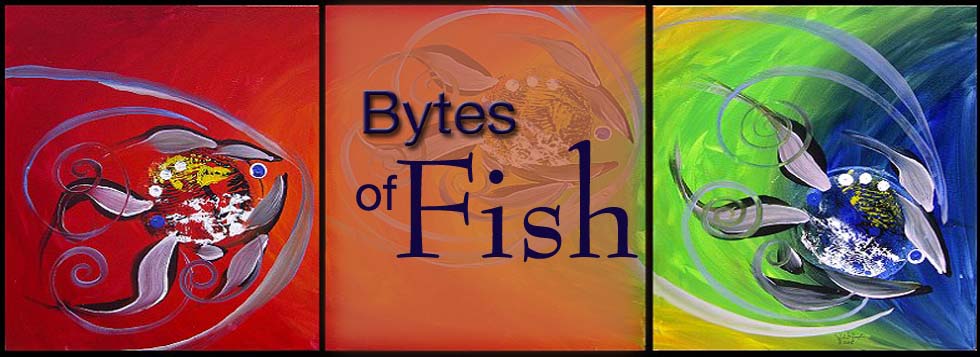Module 6: Evaluation of Course
>> Wednesday, December 9, 2009
What did you like or dislike about taking an online course?
Let's just get it out there right now. I love on-line asynchronous courses. Having instant and ubiquitous access to instructors and curriculum is a privilege and technological marvel. Although a few challenges exist, the benefits outweigh the difficulties.
I love that through access to a laptop computer, my virtual classroom can be on a bus or waiting in a doctor's office. Learning can take place anywhere. This has been a huge advantage for me as a busy mother of four children who lives 300 miles from campus. The convenience and flexibility of online learning is unparalleled. Going to class in my pajamas at 10:00 p.m. is a comfortable and necessary way to attend school.
Another advantage is that one cannot slip into complacency or laziness with this method. It requires active participation, a superior learning method substantiated in the literature. For example, blog postings and discussion boards (heavily used in on-line courses) encourage self-reflection and exploration, critical thinking, analogy and analysis, debate and reason. Each of these characteristics is carried out to a greater degree both in quality and quantity than in a traditional classroom. In the impromptu setting of a traditional classroom, many students feel ill prepared, or unwilling to share their viewpoint because they are intimidated for a variety of reasons. Both blogging and discussions allow students time to think and formulate a well-thought out response, which in many cases is more insightful than if it had been in a spontaneous situation. Anonymity seems to invoke a sense of intimacy and a boldness rarely experienced in a classroom. This produces stimulating, engaging, thought-provoking postings. In other classes with discussion boards, I have learned so much through the exploration of student experiences, thoughts, and opposing viewpoints of my classmates. I am convinced that taking a similar class in a traditional format would not have rewarded me with such rich dialogue and enriched learning.
Another advantage is that the online structure requires initiative, motivation and a certain degree of self-directed learning. This has bolstered my confidence and improved skills for lifetime of learning beyond graduation.
Arguably, learning from a computer may seem cold and impersonal. But the great irony of learning at a distance is the potential for greater closeness among students than in a traditional classroom. The ability to communicate with both students and faculty at any time of day or night gives one a sense of community and support. Instructors have the opportunity to make a concerted effort to reverse the impersonal predisposition, and successfully turn the computer and virtual classroom into a highly effective and rewarding learning environment. I have thoroughly enjoyed my online distance learning and I thank the University for the opportunity and privilege to be a part of their student body no matter where I hang my hat!
What topic did you learn the most about and what was your favorite topic?
My favorite topics were learning EndNote, information retrieval and analyzing a clinical decision support system. I also loved making the blog. Modules 2, 3 & 4 were the powerhouses where I learned the most. Now, I don't feel anxiety about EndNote lurking in the shadows.
If you were the instructor, and this being the first course for all DNP and Master students, what would you do the same or different?
If this were the very first course, I would require either a visit to campus, or a webcam session for the first class only so that the students and teachers can meet face to face. This helps to humanize the course. I enjoyed at least being able to watch a video of Dr. Poynton and Hanberg at the beginning.
The other thing I would do as a professor is make a telephone call or have a Wimba session with each student mid-semester to touch base and decrease the [cyberspace] void that students may feel swallowed up in. Although the course is on-line, students still need to feel connected and validated. And besides that, we pay BIG tuition bucks to have access to the expertise of the instructors.
Strengths of this course were the organized modules, and clearly defined assignments, expectations and due dates. The materials provided to complete the assignments were adequate, applicable and worthwhile. Another strength was the variety of learning tools offered such as articles, podcasts, websites, etc. The variety was fun and held interest. The assignments all seemed about equal in terms of the amount of time spent on them.
If I would do anything different, it would be greater professor-student interaction (as mentioned above).
Overall, it was a great course! We got hit with HIT and I digged it.
Read more...















